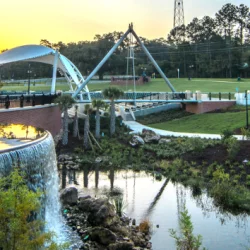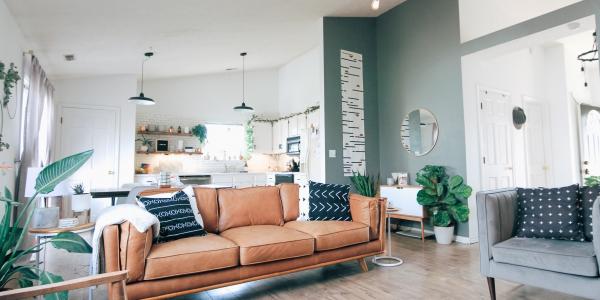Home Improvement Do’s and Don’ts for Increasing Resale Value
If you’re a homeowner with a bit of extra money to spend, it’s always a good idea to take a look around the property and see if there’s a way to put that capital back into your investment. After all, your home isn’t just the place you raise your family today, it’s also your potential retirement income tomorrow. The goal is always finding ways to increase the resale value, no easy task in today’s uncertain real estate market. But there are some common rules of thumb you can follow, which will at least increase the chance of your home improvement investment coming back in your favor down the line. At the same time, there are plenty of missteps that homeowners make, always with the best intentions. Here’s a quick look at some home improvement do’s and don’ts for increasing resale value.
If you’re looking for one home improvement that will always make an impact, start out by examining your curb appeal. The nicer your house and surrounding property look to someone walking off the street, the happier you’ll be with that eventual asking price. The best part is, these are always easy and fairly inexpensive home improvements. You can spruce up the landscaping, power wash or repaint your home, refinish the driveway or add in a front patio with ease, and each of those projects will increase your home’s resale value. Remember that it’s all about perception on the part of those buyers. You want them to see your home and immediately picture themselves living there, just as you want to come home after these improvement projects thankful that this is where you live.
Many homeowners focus on the square footage, but adding bedrooms is obviously a complicated and expensive affair. Yet there are some additions you could make that are far easier and guaranteed to increase your home’s resale value. First on that list is adding a garage or covered parking area. This is a real plus, especially in the suburbs where most people commute to work. A one or two-car garage offers security for vehicles and extends their life by giving you a way to store them out of the elements. If there’s no fireplace in the home, that’s another addition that will benefit your bottom line. Everyone loves a fireplace, especially in parts of the country where the winters get cold. Finally, consider adding a laundry room, or bring the laundry machines up out of the basement and into their own, first-floor room. Buyers will absolutely pay for this sort of convenience.
Since those are some of the do’s, what about the don’ts? First on that list is adding windows. New windows may be attractive, and could save you money on your utility bills. But regardless of their energy efficiency, they won’t contribute significantly to your home’s resale value. They are complicated to install, and quality modern windows are expensive. Unless the glass is literally falling out of the frames, just give your existing windows a good cleaning and a paint job.
Another home improvement with a strike against it is adding in a swimming pool. Everyone loves a house with a pool, especially in parts of the country where it is warm the entire year round. But it is rare that you’ll ever see a return on your investment. You probably won’t be able to install an in-ground pool on your own, and will have to hire an expensive construction company to do the job. Pools cost a lot of money in regular upkeep as well, meaning you’ll continue to spend thousands of dollars a year just to insure the pool is functional. Whatever it may add to your home in resale value won’t make up for this spend, so put your money elsewhere.
More to Read:
Previous Posts:




